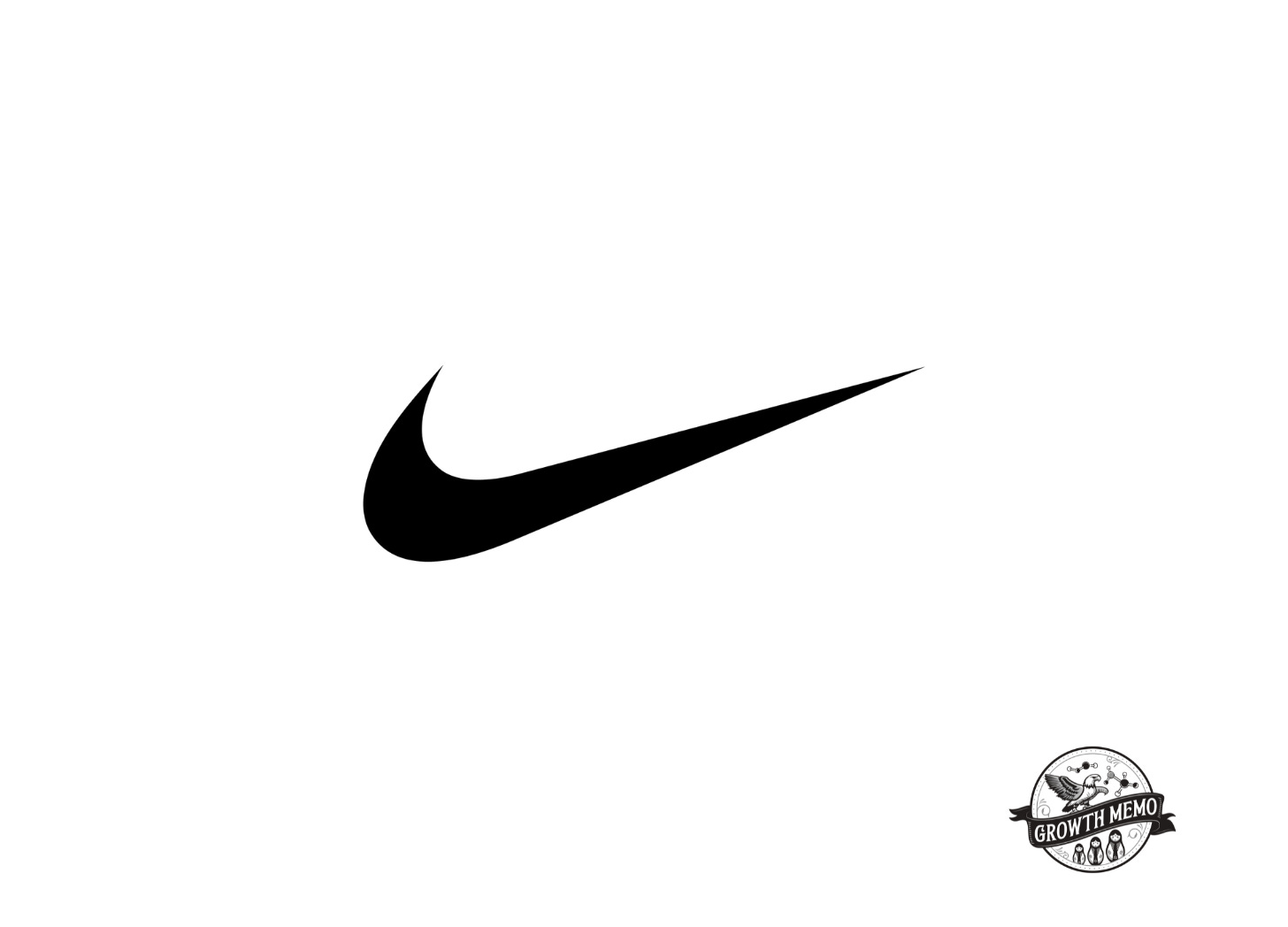#7 Nike
How a legendary brand reinvents itself and its distribution model
How do you begin a deep dive into one of the most successful companies? You would assume “at the beginning when the company was founded”.
But, to understand what makes Nike unique, we don’t have to go all the way back to its birth in 1964. Instead, let’s start with a poignant quote from founder Phil Knight in an HBR interview from 1992:
For years, we thought of ourselves as a production-oriented company, meaning we put all our emphasis on designing and manufacturing the product. But now we understand that the most important thing we do is market the product. We’ve come around to saying that Nike is a marketing-oriented company, and the product is our most important marketing tool. What I mean is that marketing knits the whole organization together. The design elements and functional characteristics of the product itself are just part of the overall marketing proce,ss. We used to think that everything started in the lab. Now we realize that everything spins off the consumer. And while technology is still important, the consumer has to lead innovation. We have to innovate for a specific reason, and that reason comes from the market. Otherwise, we’ll end up making museum pieces.1
The whole interview is so great that I’ll quote it several times throughout this Deep Dive. It's worth reading in full!
Like IBM (read the details in the IBM Deep Dive), Nike goes through periods of expansion and refocusing. You don’t build one of the world’s most desirable brands without pivots and corrections along the way.
In the interview quoted above, Nike just recovered from expanding too far into the casual shoes vertical and taking revenue losses. I’ll start this Deep Dive after another pivotal decision: to sell directly to consumers instead of wholesale only.
Table of Contents
⌛Company History
A true marketing company
📈Growth
Channel mix and competitors
Google Shopping
Faceted Indexing
Migrations
International Expansion
Editorial Content
📱Retention
🛫Conclusion & Takeaways
Tidbits
Due to retailer and wholesale partnerships, Nike has to compete more for brand traffic than other companies



